Numbers are everything, right? Reaching a million people with a campaign? It’s enough to excite any marketing manager. However, often accompanied by little substance to show for their numbers, the dizzying heights of vanity metrics like impressions, views, and reach may not be all they seem. So, how can we gain a deeper and more useful understanding of the value of our audience interactions? The answer is in attention.
Imagine a world where, as many of us do with dating sites in the search for the perfect companion, people spend their time casually swiping left and right on products and services that may or may not pique their interests. As a person mindlessly flicks ads side to side, they come across one that holds their attention for a few seconds longer than the rest, taking a moment to open the bio and investigate whether this really could be a match. Of all the ads viewed, this one is fixated upon for just a little while longer. The outcome is a more memorable connection and one that is much more likely to be revisited later on, ahead of the brands that simply passed them by previously.
The question now arises as to which interaction is more valuable: the one where the audience skims past by the thousands or the one demanding examination by the few? Here is where the efficacy comparison between impressions and attention begins to lead us toward an answer. Read on to find out what it is.
Why offline marketing holds attention better, and why holding attention matters
The average person is bombarded by countless pieces of media on a daily basis. In fact, most of us can hold our hands up to media consumption being the very first and very last thing we do each day, thanks to the digital devices that rarely escape our field of view. With that in mind, competing for a moment of attention in the mind of your audience is a fiercely difficult task, and therefore seeking digital solutions may only exacerbate the struggle.
Offline marketing creates an experience that, by nature, requires tangible engagement to be consumed, and, as a result, the time spent with your marketing is indefinitely longer and more memorable. Not only is your audience encouraged to handle, open, read, and therefore continuously apply their attention to your offline marketing, but a single piece of mail like this may stick around for longer than you think. In fact, research by JICMAIL reports that the average piece of mail remains live in the home for an average of a week, which results in a total of “two minutes spent with the average Direct Mail item [and] nearly forty seconds for Door Drops” across 28 days. Compare this with the average of 1.3-1.7 seconds attributed to a social ad, and we can see which technique demands the most attention.
Offline marketing captivates better, but why does it even matter?
The obvious, and perhaps most likely to give you the dopamine hit of instant gratification, is the astronomically increased rate of response. With offers, vouchers, and other attractive CTAs frequently leveraged in offline marketing, around 31% of mail prompts a commercial response, according to JICMAIL.
With that said, most marketers may warn you that focusing too much on first-time acquisition can lead to a ‘leaky bucket,’ where your proverbial business bucket is continuously filled with new customers, only for them to soon leak out into the ether of lost clientele. Fortunately for you, nothing sealed a leak like experiential interactions. A tangible experience creates a longer-lasting and more resilient space for your brand in the mind of its receiver, encouraging brand recall and in turn, the golden goal of marketing: customer loyalty. Further, data usage can also help to re-entice those that have begun to slip out of a frequent purchasing cycle. So, demand more attention with your customer contact points.
Costs
We can’t talk about stats, techniques, and metrics without addressing what it all boils down to, and that is your bottom line: which strategy gives us the best value for money and ROI? To do so, we need to first establish what ‘value’ truly looks like.
In comparing two ad campaigns – one social display and the other a door drop mailer – JICMAIL reported that campaigns returned a CPM of £5 and £16.10, respectively. At this point in your campaign, alarm bells would ring to ask why we have spent so much more to reach a far smaller audience offline. However, drilling down into the attention given to these campaigns tells a very different story: highlighting that the attention per impression is nearly 20x higher in the offline campaign (1.6 vs. 30.9 sec/impression). With this information, JICMAIL reported that the cost per minute of attention with the door drop campaign was nearly half that of the social display (19p vs. 10p/minute respectively).
If we now assess each campaign using attention as a metric, rather than reach, there is a clear leader in terms of return on our investment, with offline marketing offering far more value for money. Of course, spending more to reach a smaller audience sounds counterintuitive, but with the attention spent, memory retention grown, and the lifetime value of a customer increasing with offline marketing, the question becomes this: do you value quality over quantity?
To find out more about how valuable offline strategy could be for your business, get in touch here.




